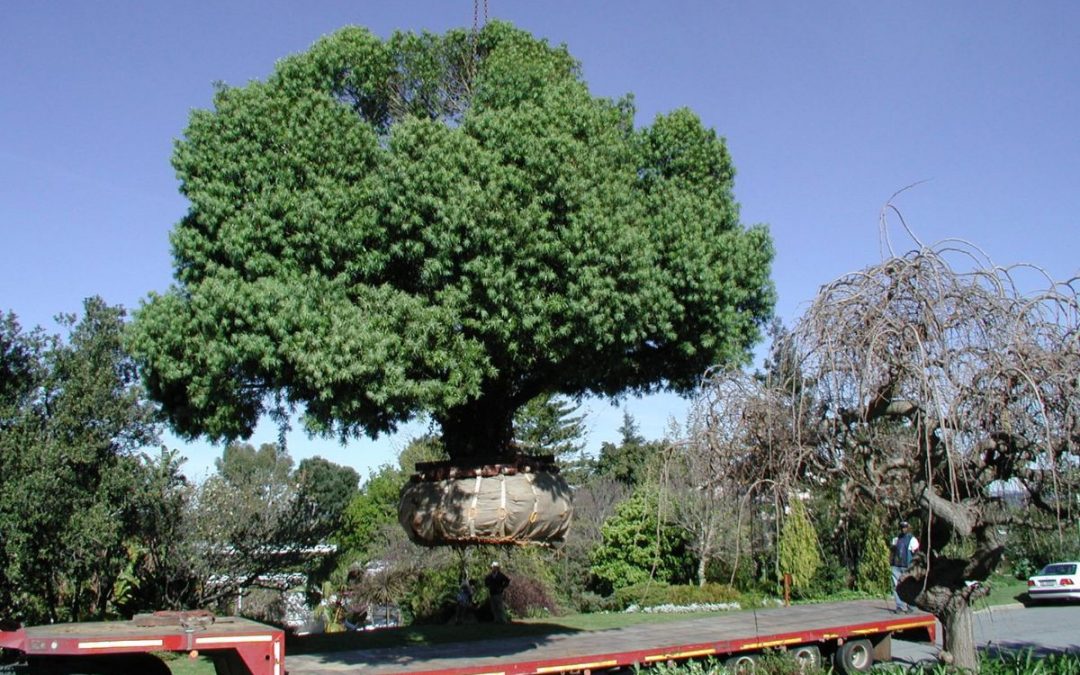Can You Transplant Established Trees?
Many people are under the impression that trees, once they are established, cannot be moved. This is simply not the case. With the right tools and know-how, transplanting an established tree is entirely possible. Of course, it’s not always easy, which is why we’ve put together this helpful guide. Keep reading to learn everything you need to know about transplanting established trees!
Why Would You Transplant an Established Tree?
There are a number of reasons why you might need or want to transplant an established tree. Perhaps you’re looking to add some greenery to your property but don’t have the space for a new tree. Or maybe you’ve recently purchased a home and inherited a tree that’s too close to the house for your liking. Whatever the reason, it’s important to understand that transplanting an established tree is a big job. Not only do you have to dig up the tree, but you also have to replant it in a new location and make sure that it has all the necessary nutrients to continue growing and thriving.
Before You Transplant…
Before you even think about transplanting an established tree, there are a few things you need to take into consideration. First of all, how large is the tree? The size of the tree will play a big role in how difficult it will be to transplant. If the tree is small enough, you might be able to move it yourself. However, if it’s larger than 15 feet tall, you’ll probably need to hire a professional tree service to help with the job.
Another thing you need to think about before transplanting an established tree is its root structure. A healthy root system is vital for the successful transplant of any tree, so make sure that the roots are in good shape before proceeding with the move. Once you’ve determined that the roots are healthy and strong enough for transplanting, you can begin digging them up. This is usually done using a Bobcat or other type of excavator equipped with a bucket or teeth attachment.
The Preparation Process
The first step in transplanting an established tree is to assess the tree and its current location. This will help you determine if transplanting the tree is actually feasible. Some factors that you will need to consider include the size of the tree, the type of soil it is currently growing in, and the condition of the roots. Once you have determined that transplanting the tree is indeed possible, you will need to prepare both the tree and its new location.
For the tree itself, you will need to prune back any branches that extend beyond the root ball. This will help make transplanting easier and will also reduce stress on the roots. You should also water the tree well a few days before transplanting to help soften the ground and make digging easier. As for the new location, you will need to dig a hole that is twice as wide as the root ball and just as deep. Once you have done this, you should mix some compost or manure into the hole to help provide nutrients for the roots.
Transplanting an established tree can be a difficult and time-consuming process, but it is definitely possible with the right preparation. By taking the time to assess the tree and its current location, prepare both the tree and its new location, and transplant it carefully, you can ensure that your tree will take well to its new home.

The Benefits of Transplanting an Established Tree
There are a few benefits that come along with transplanting an established tree:
- Giving the tree a new lease on life: If the tree is struggling in its current location, transplanting it to a new spot can give it the fresh start it needs.
- Rejuvenation: Established trees can become less vigorous over time. Transplanting can give them the boost they need to start growing vigorously again.
- Improving the landscape: If you’re not happy with how your landscape looks, transplanting an established tree can be a great way to improve it.
Of course, there are also a few challenges that come along with transplanting an established tree. These challenges include:
- Finding a new location: If you’re going to transplant an established tree, you need to make sure you have a good location for it. The new location should have rich, friable soil and plenty of room for the roots to spread out.
- Digging the hole: When you’re transplanting an established tree, you need to dig a hole that’s large enough to accommodate all of the roots. This can be challenging, especially if the roots are spread out far from the trunk of the tree.
- Watering: Water is essential for any transplanted tree – but it’s especially important for an established tree. Make sure you water your transplanted tree regularly and deeply until it becomes established in its new location.
Conclusion:
Transplanting an established tree may seem like a daunting task, but with a little planning and effort, it can be done! Just remember to take your time; rushing through any part of the process could lead to problems down the road. Now that you know all there is to know about transplanting established trees, what are you waiting for? Get out there and start digging!


